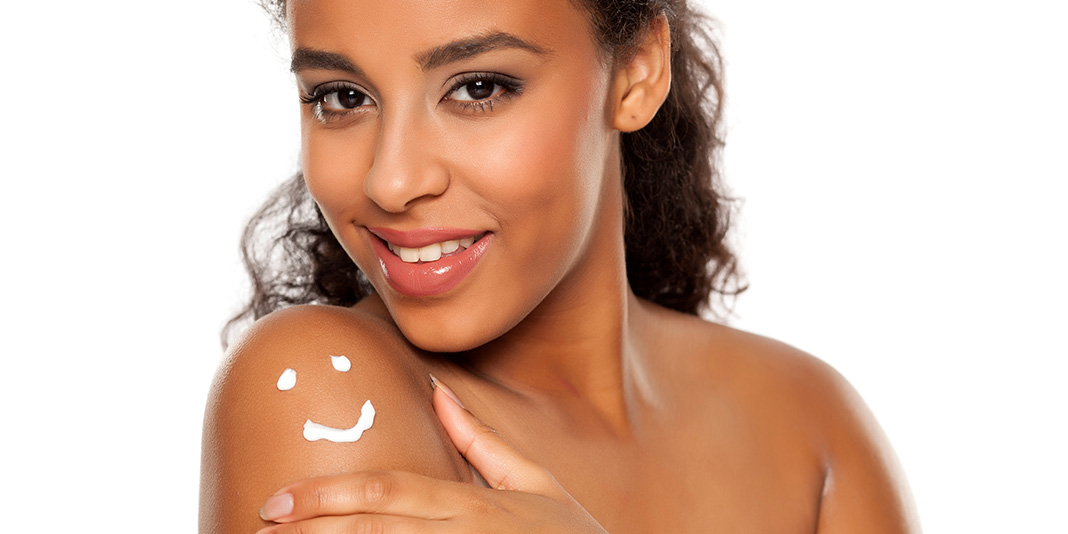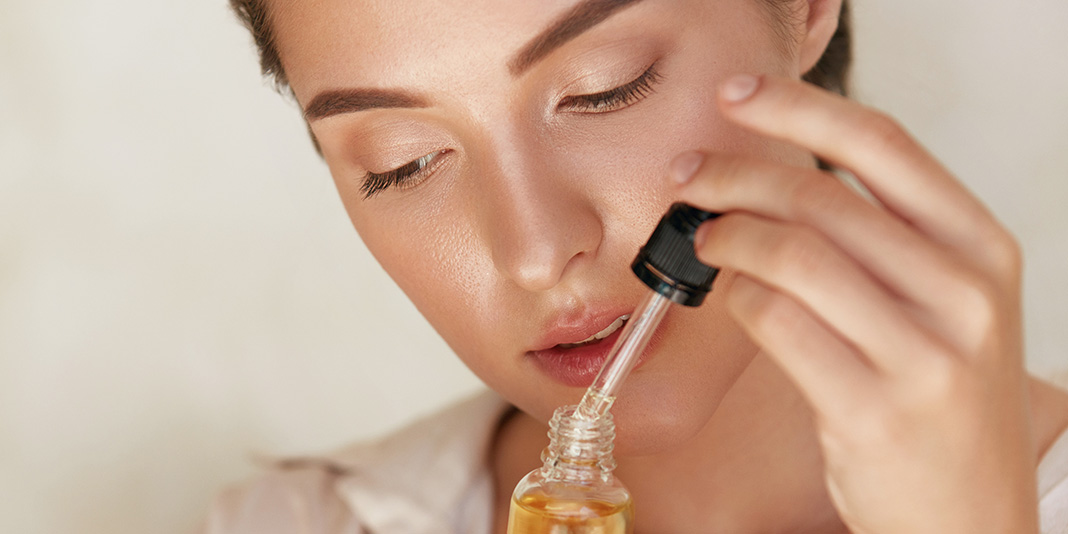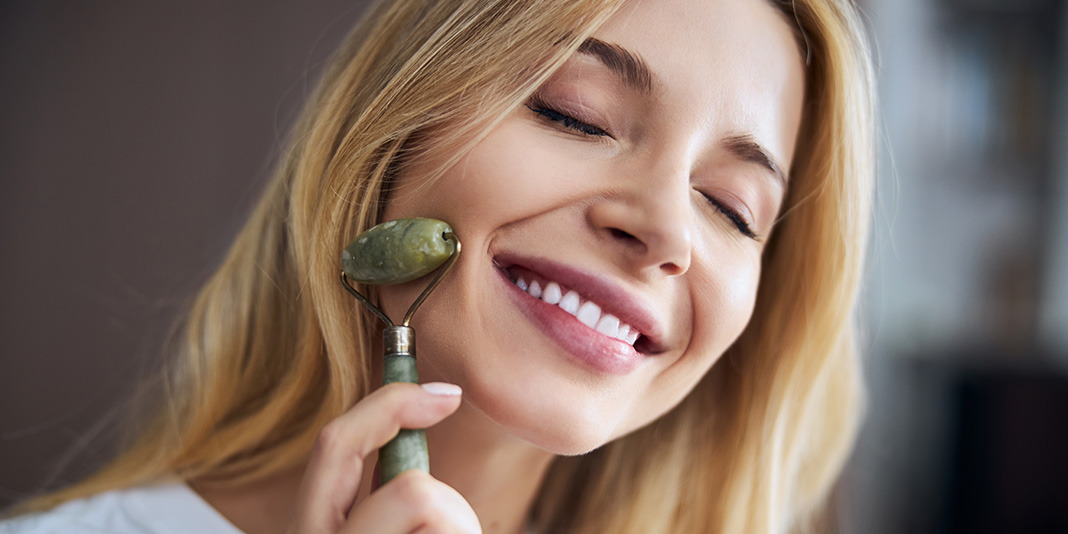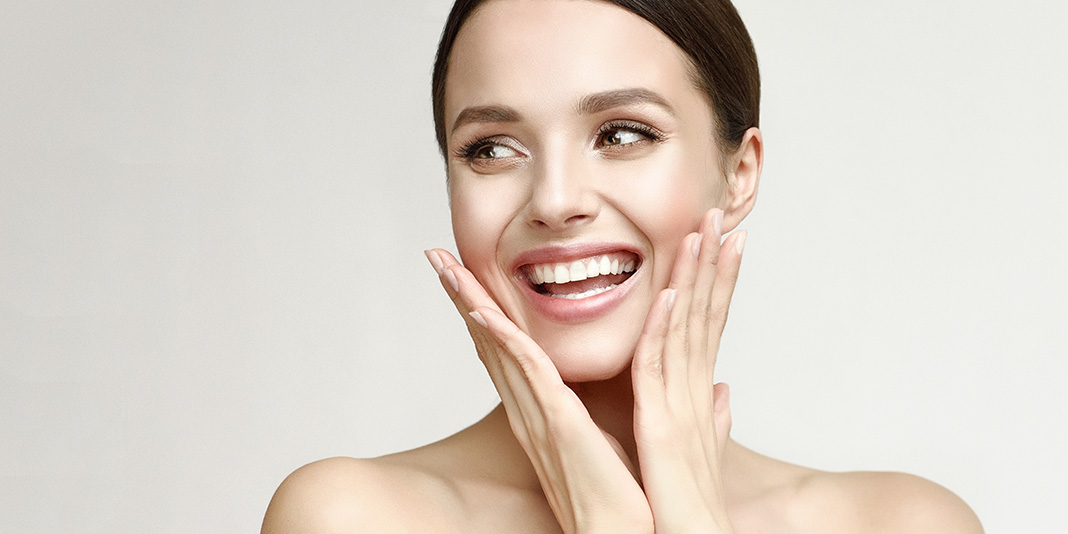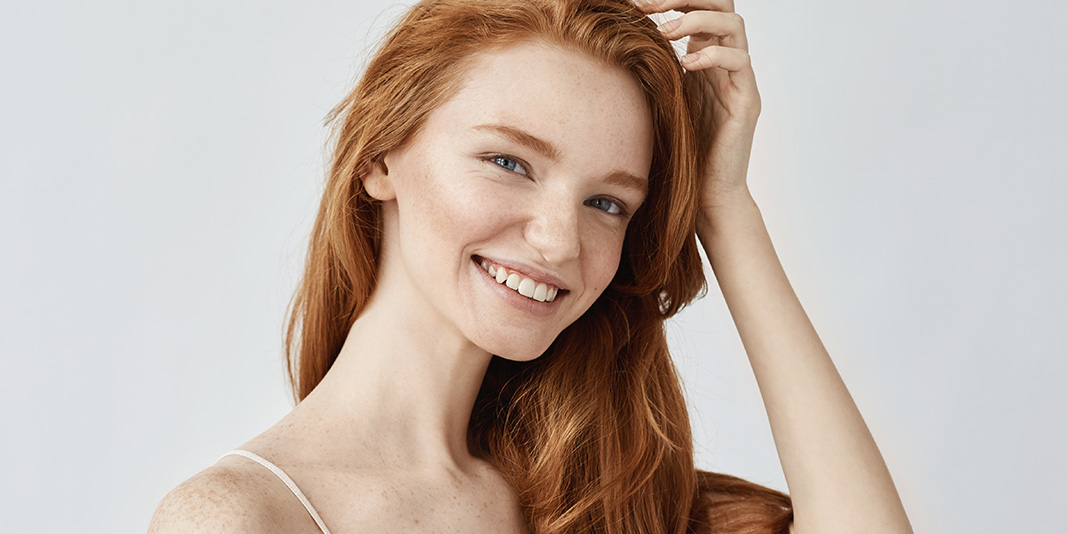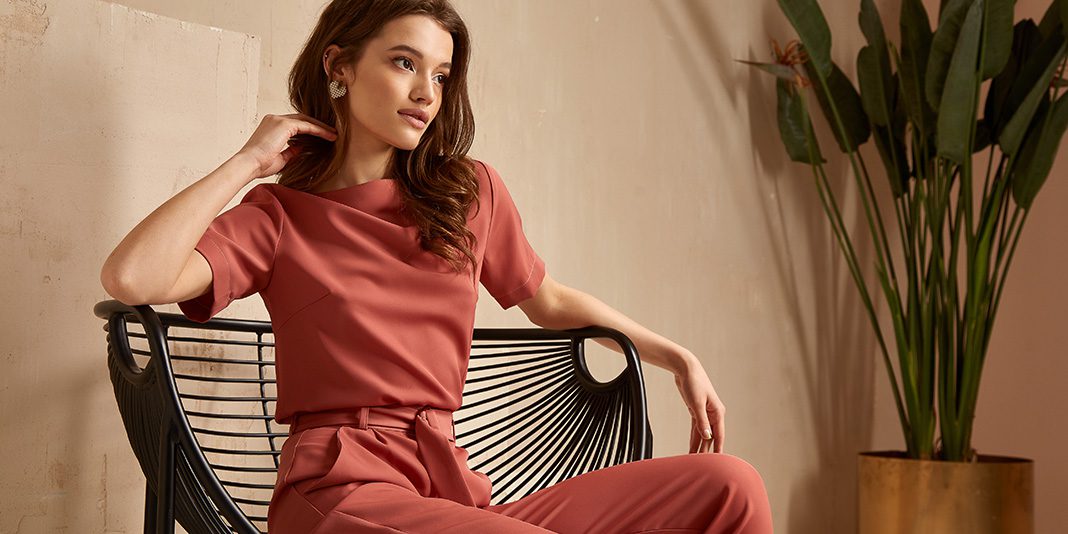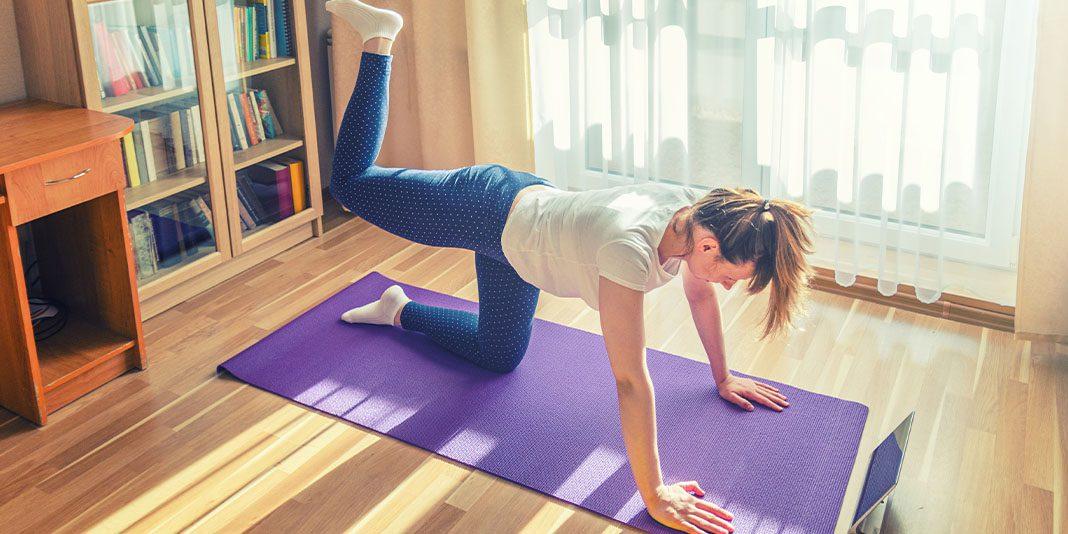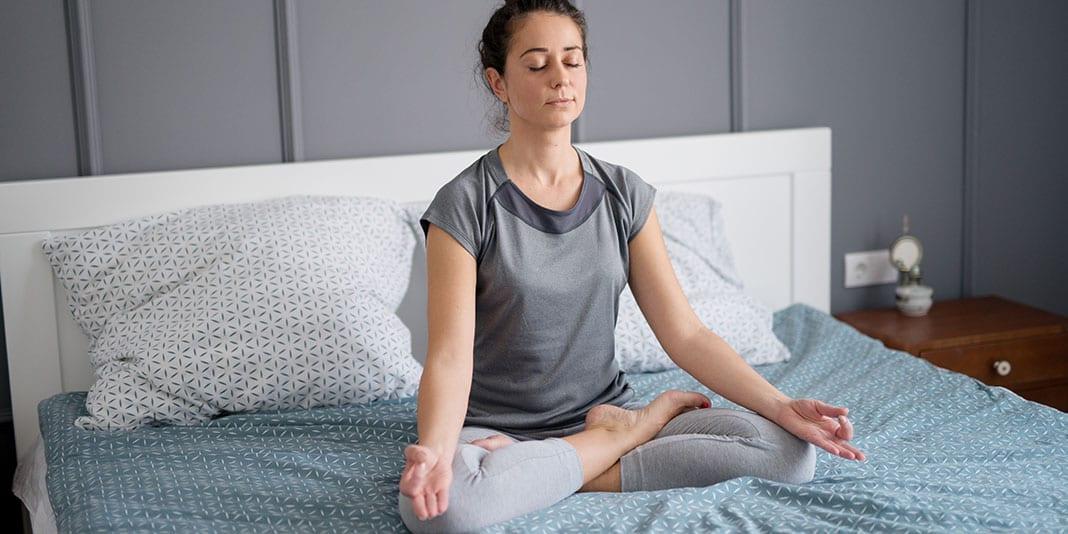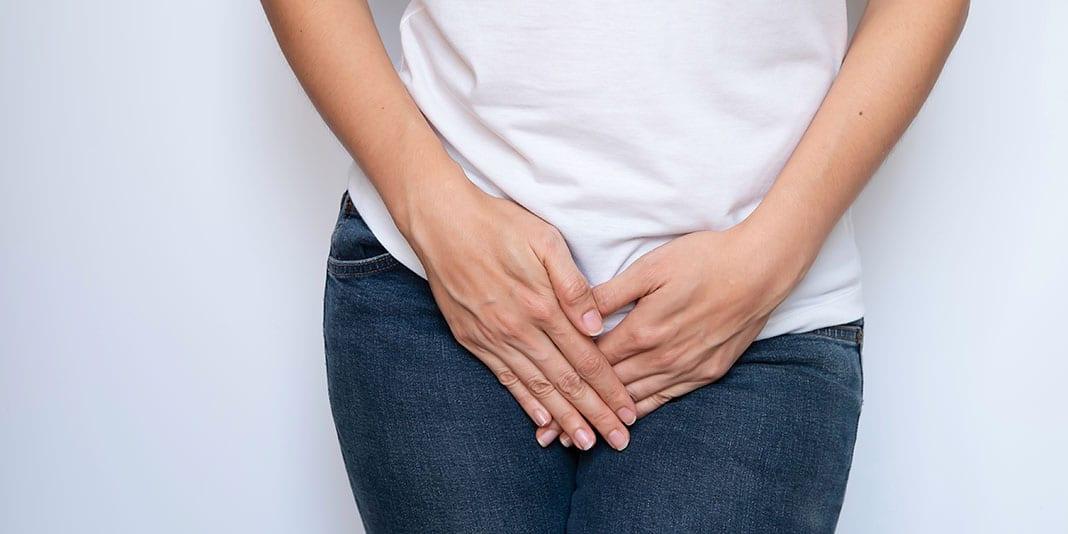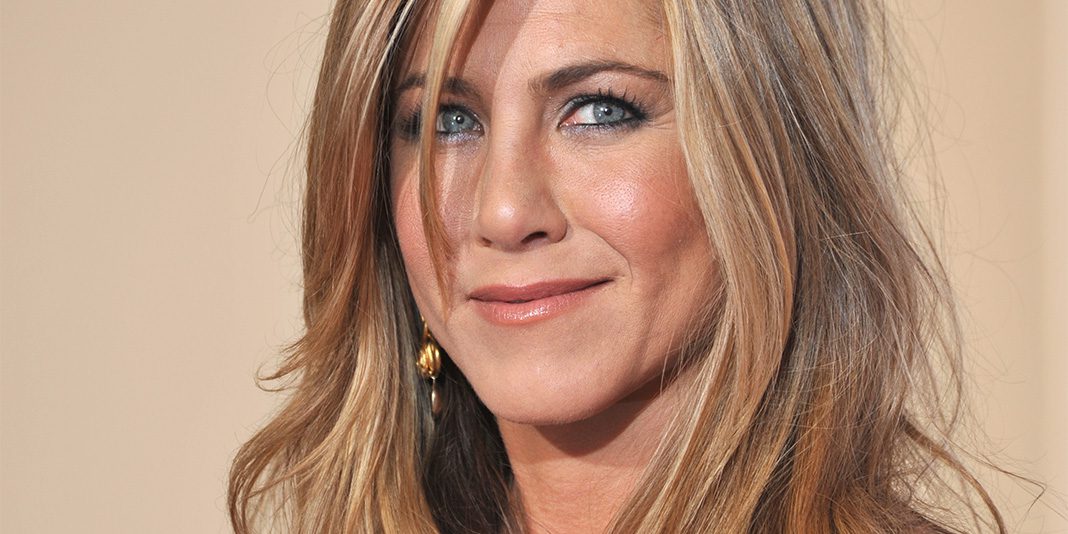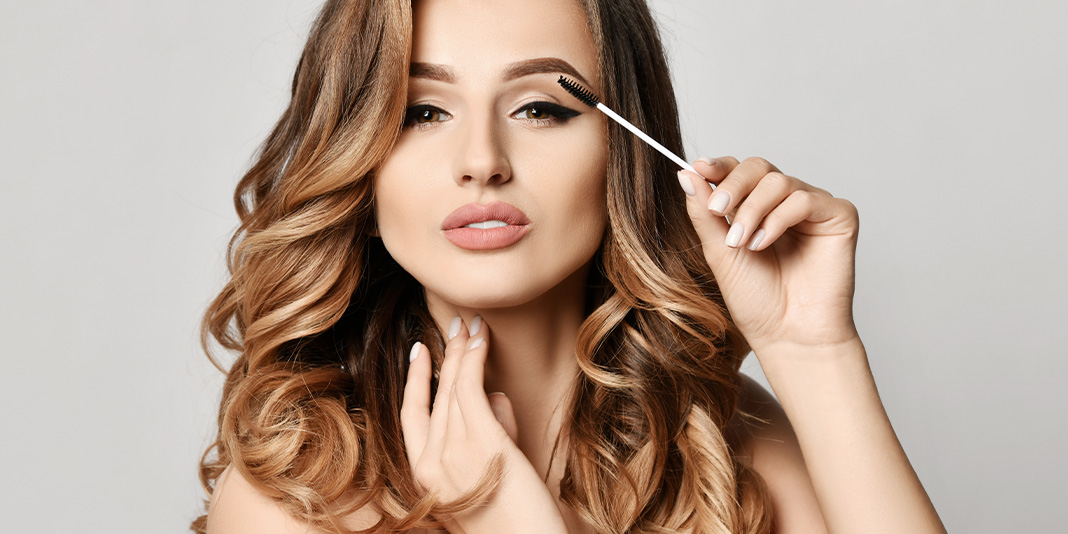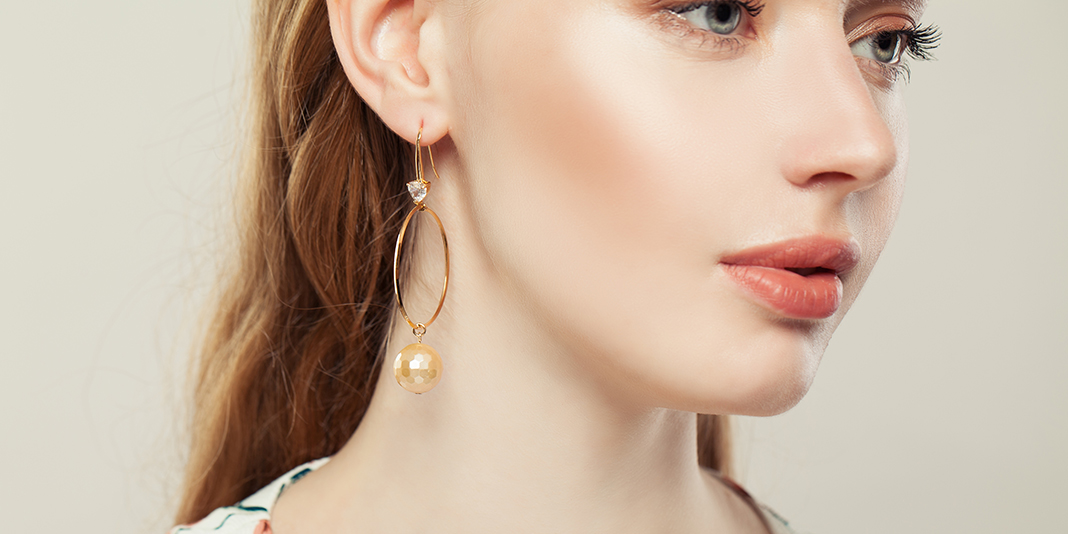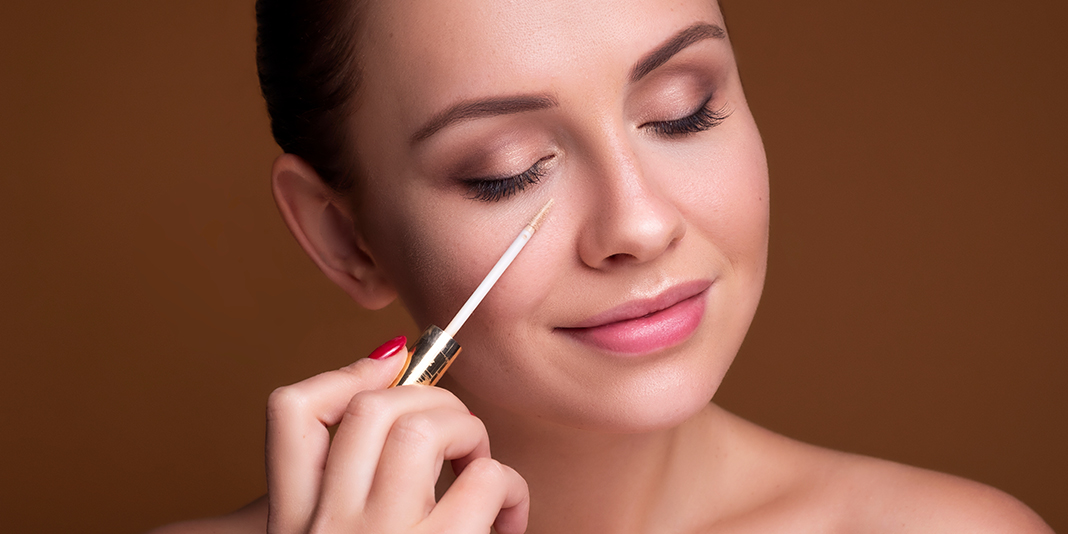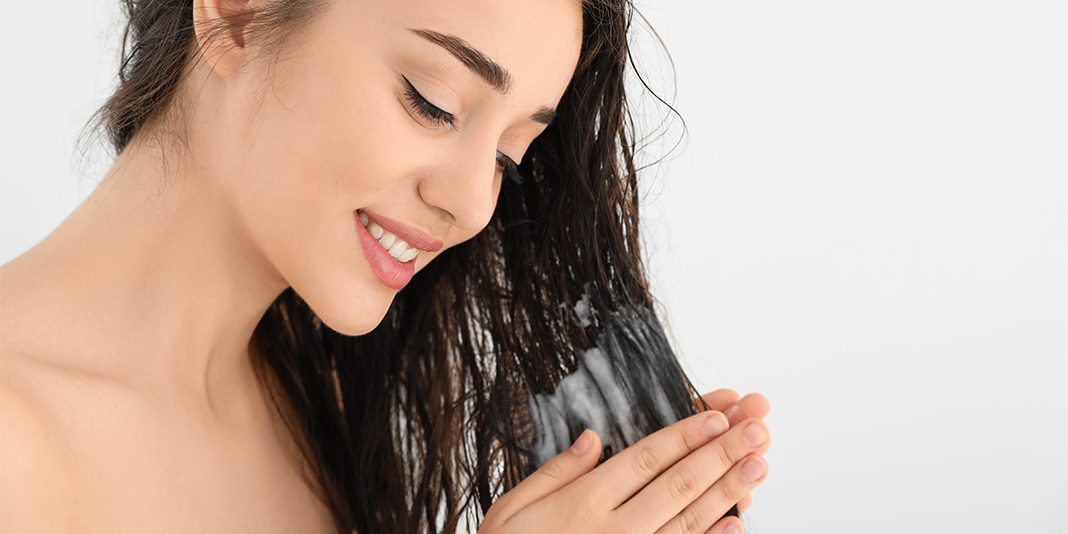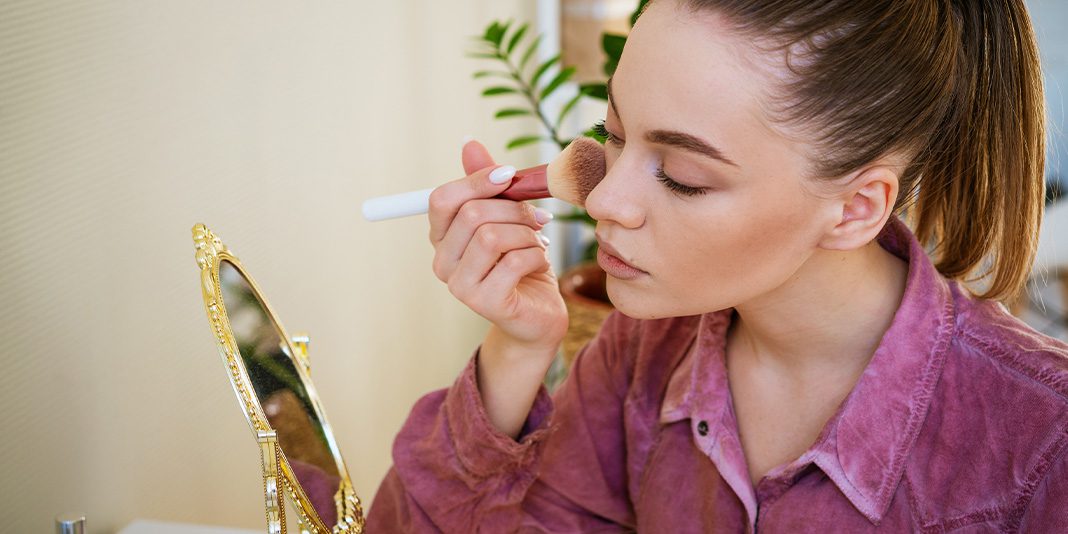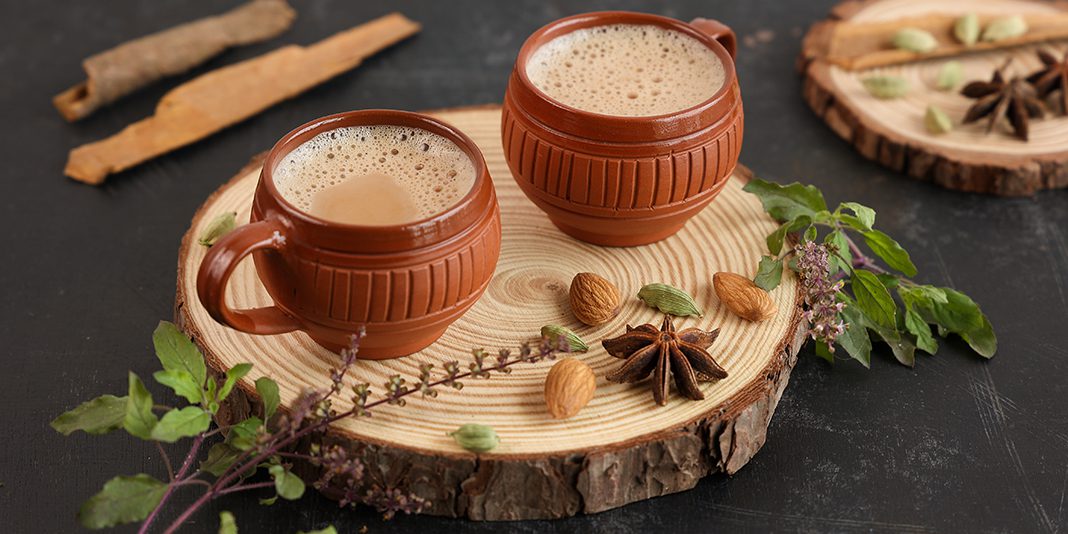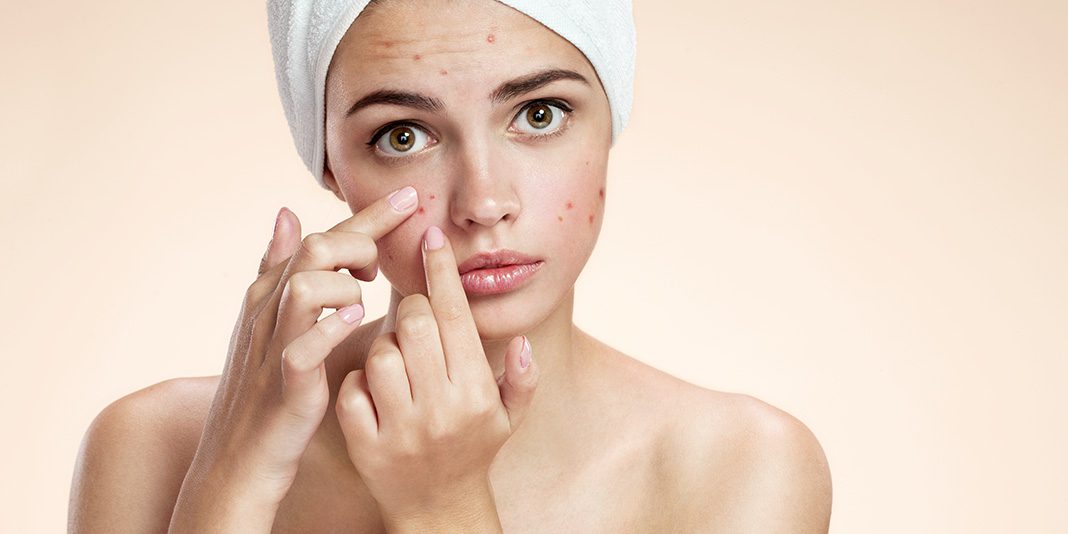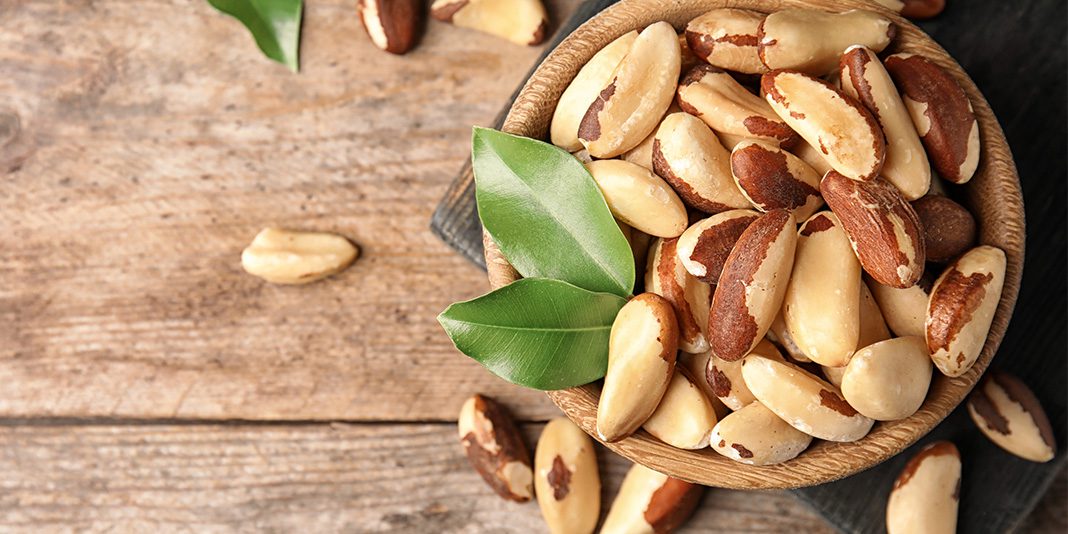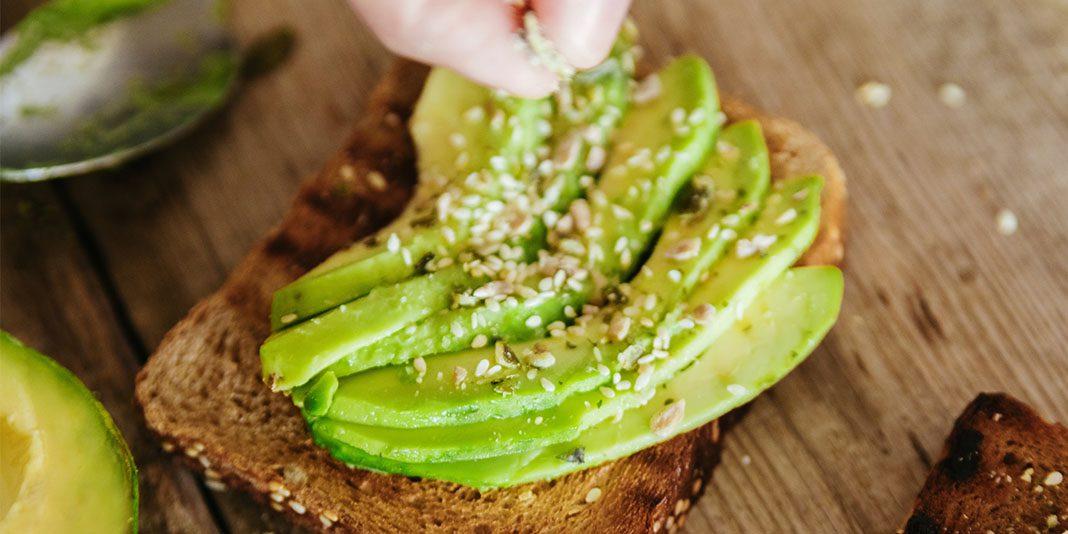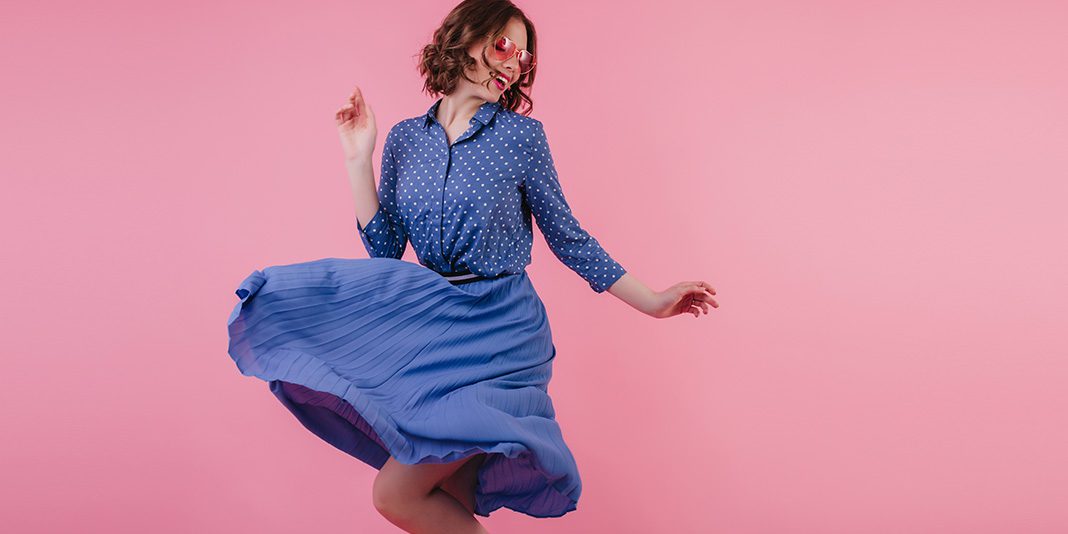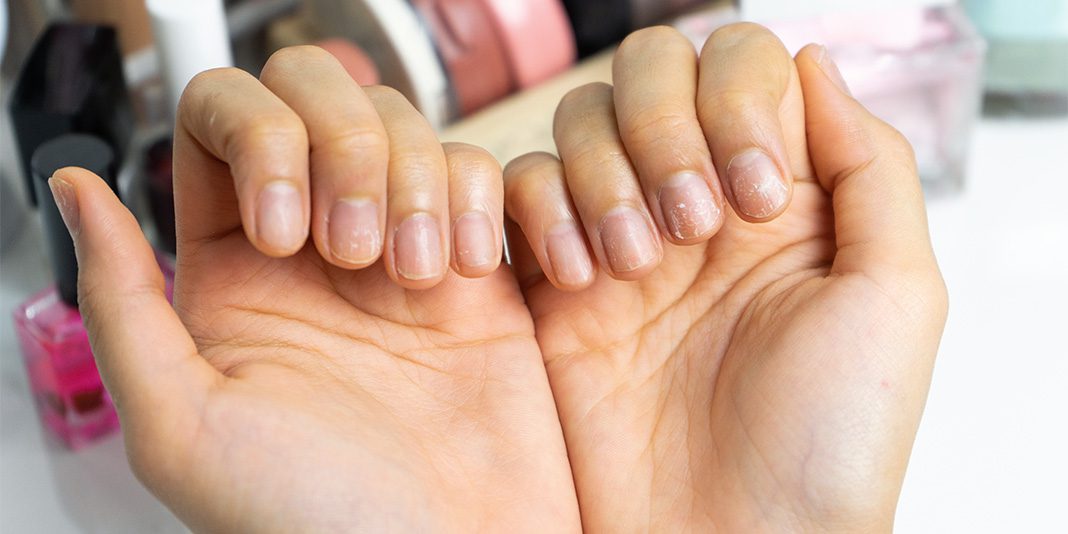Like leg warmers, bouffants and stirrup pants, acne is supposed to be a thing of the past—like a distant memory you encounter after cracking open your old high school yearbook. Or so you thought. The truth is pimples don’t magically disappear on your eighteenth birthday. In fact, a study from the Journal of the American Academy of Dermatology estimates that over half of adult women suffer from acne, with menstruation, pregnancy, menopause and oral contraceptives being the main culprits. “Hormonal imbalances stimulate the production of sebum,” explains New York City-based dermatologist Francesca Fusco, M.D. “Sebum is a natural oil on your skin that’s meant to moisturize, but it can also block pores.”
MORE: Your Best Body Skin Guide
As if a spotted complexion wasn’t bad enough, your thirties and forties are also the time when you begin to notice the first signs of aging. Jeanine Downie, M.D., a dermatologist in Montclair, New Jersey, estimates that nearly 80 percent of her patients suffer from both acne and the signs of aging. Is there no justice?
The good news: There’s plenty you can do to abolish this pesky pile-up. Here are four best practices to keep in mind when trying to rid your complexion of both pimples and wrinkles, plus powerful products formulated to treat both.
1. Never squeeze.
No doubt, you’ve heard this one before, but it bears repeating. While it’s tempting to pop whiteheads and blackheads, overzealous picking can lead to scars and marks on your skin (and remember aging skin takes longer to regenerate, so those tell-tale, picked over marks are likely to hang around for weeks or even months). “Popping also spreads bacteria from your fingers to your skin, causing even more pimples to form,” warns New York-based dermatologist Craig Austin, M.D.
2.Beware of drying out your skin.
Teenage acne accumulates around the oily T-zone area (forehead, nose and chin) so alcohol-based astringents are a teen’s treatment of choice. In contrast, adult acne clusters along the jawline (which isn’t typically oily), so you’ll want to stay away from that bottle of Sea Breeze. “Skin generally becomes drier as we age, so harsh exfoliating and drying ingredients found in most acne medications are far too aggressive” says Fusco. She recommends using a salicylic acid-based cleanser (see our product picks below) and to avoid irritation, to keep your product numbers low. “You wouldn’t want to use a face wash for oily skin and then layer an anti-aging medication that deeply exfoliates over top,” Fusco adds.
3. Steer clear of pore-clogging makeup.
Breakouts caused by makeup are so common there’s even a name for it—acne cosmetica. If you’re suffering from spots, Linwood, New Jersey-based dermatologist Coyle Connolly, M.D. suggests opting for a non-comedogenic, mineral-based makeup line like Jane Iredale. “These products are oil-free, so they don’t exacerbate acne but offer full coverage,” Connolly says. And be sure to wash makeup brushes each week to rid them of acne-causing bacteria, recommends Jennifer Peterson, M.D., a dermatologist in Houston, Texas. Fancy cleaners aren’t necessary: A mixture of water and baby shampoo will do the trick.
MORE: How to Makeup When You Exercise
4. Don’t skip the sunscreen.
Slathering on a thick, creamy sunscreen may seem counterintuitive, but Peterson stresses that sun protection needs to be an important part of your daily skincare regimen to help prevent both acne and wrinkles. “The sun’s rays break down collagen, causing lines to form,” she explains. “They also dry out your skin which prompts the sebaceous glands to overcompensate by pumping out more pore-clogging oils and causing breakouts.” He recommends using a lightweight formula designed for acne-prone skin like Cetaphil DermaControl Oil Control Moisturizer, SPF 30.
Now that you’ve got a handle on the basics, try these acne- and wrinkle-clearing treatments on for size.
QUIZ: Is Your Body Skin Healthy?
Fight back with OTC products.
- Use a salicylic acid cleanser. A 1 to 2 percent salicylic acid-based face wash is a better option for thinner, aging skin, says Fusco. This ingredient loosens dead skin and oil trapped in your pores. Try: Olay Total Effects 7-in-1 Anti-Aging Salicylic Acid Acne Cleanser, which combines salicylic acid with exfoliating microbeads to reveal fresh, younger-looking skin.
- Switch things up when necessary. If you notice skin becoming more oily in the week leading up to your period, upgrade to a product that combines the exfoliating power of salicylic and glycolic acid, says Austin. His Cane + Austin Acne Treatment Pads contain 2 percent salicylic and 5 percent glycolic to help clear oil and fight lines.
- Hydrate your skin. A huge mistake that many acne sufferers make is skipping the moisturizer, thinking it will cause a breakout, explains Jeffrey Dover, M.D., a dermatologist in Chestnut Hill, Massachusetts. But these very ingredients that fight acne and wrinkles also strip moisture from skin, so it’s important to slather on a hydrating cream. Murad Anti-Aging Moisturizer SPF 20, contains hyaluronic acid, “a humectant that traps and holds onto moisture without clogging pores,” says Fusco.
- Enlist the power of a serum. Facial serums deliver a concentrated form of a particular active ingredient. Dover likes Neutrogena Ageless Intensives Anti-Wrinkle Deep Wrinkle Serum, a blend of retinol (to increase cell turnover) and antioxidants (to stave off skin-damaging free radicals that can lead to collagen breakdown).
Up the ante with a prescription-strength treatment
- Reach for retinoids. The gold standard for both pimples and wrinkles—retinoids—are available under many different brand names including Retin-A or Refissa with concentrations ranging from 0.025 to 0.1 percent. This pharmaceutical strength vitamin- A derivative deeply exfoliates skin’s top layer increasing cell turnover and unclogging pores. “Over time tretinoin stimulates collagen production to plump up fine lines and wrinkles,” Fusco adds.
See spots run with in-office procedures
- Deeply purify your pores. Fusco’s go-to procedure for treating spots and wrinkles is Isolaz, a vacuum and broadband light combo that cleans pores and blemish-causing bacteria.
- Go for an exfoliating chemical peel. “Peels administered by a dermatologist have a much higher percentage of salicylic or glycolic acid than what you’d find in an OTC product,” says Connolly. “When performed monthly, they help to shed the top layer of your skin to minimize both acne and fines lines.” The cost ranges from $75 to $125 per peel. Discuss your skin’s sensitivity with your doctor to determine which acid is right for you.
- Zap zits with a high-tech laser. Certified esthetician and laser specialist Michelle Moyer, owner of Pulse Laser & Skincare Center in New York City, is a big fan of the SmoothBeam Laser. “It kills bacteria and shrinks sebaceous glands to slow oil production, while helping skin produce more collagen,” she says. The procedure can cost up to $500 per treatment. Six to eight treatments spaced six weeks apart are recommended.

